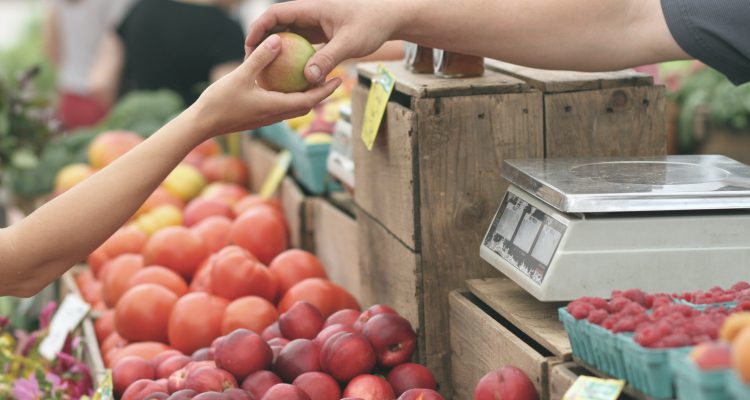Reducing Food Waste and Pollution
For the year 2021, I made it a personal goal of mine to focus on reducing the amount of waste I produce through purchasing food. When we buy from the grocery store, we tend to not think about the trail of pollution or waste that was created to be able to purchase a fresh avocado for homemade guacamole or the apples bought on demand to bake the perfect apple pie for Thanksgiving.
Many people in the United States rely on grocery chains that have food delivered from all over the world. This is due for a demand in products that are not always widely available in the United States. This then generates increased packaging to be used whether its’ plastic or paper and the amount in distance that apple is required to travel comes with a cost of air pollution through boats and trucks moving produce 1,000 of miles to get to grocery store shelves.
We also don’t consider the amount of that food that ends up getting thrown away because of not completing a new diet or forgetting about the blueberries shoved to the back of the fridge. Fresh food that is going straight to the dumpster to your local landfill.
With the plastic epidemic looming, some places lacking access to food, and the constant reminders of how climate change will destroy us all being thrown in are faces, I know it can be overwhelming. However, there are many organizations in the U.S. currently helping communities helping to build sustainable regional food systems that will help support the decrease in waste being produced through production/purchase of food. There is also ways we can help as individuals through are everyday choices when buying food.
- Only Buy what you will eat
I’m very guilty of this and tend to convince myself that I will eat that apple which ends up rotting on the counter. I’m also very bad at telling myself that I will make a salad for Thursday night dinner but then decide to get take out. Don’t be like me. This message is to myself and to others. If you’ve already bought it then make it a personal goal that you will have to finish the food in your fridge by the end of the week before allowing purchasing of alternatives. Not only will this decrease food waste but also sustain your wallet. As well, even if something is on sale don’t buy it in bulks that will only sit in the back of the pantry. I swear it’s not the apocalypse yet.
- Buy from local growers when possible
I know this isn’t an option for everyone but I suggest researching the area you live to see what is available. Many more farmer’s markets are popping up with wider options for produce. This will not only reduce the amount of pollution created to get to market but also will give economic support to your local regional growers.
- Help bring attention and support to local food programs
Along with farmer’s markets increasing available produce there has also been a growth in programs supporting economic and social initiatives for access to healthy foods. Help spread the word in your community to let those who are vulnerable know that they have options for access to healthy local foods no matter what income.
- Grow from your own backyard
Growing your own food can not only help towards reducing your carbon footprint but you will actually know where your food comes from (knowledge is power). I was also always taught that playing in the dirt can help boost your immune system (allegedly from the mouths of moms all over the world).
Starting small with what many call “low hanging fruit” steps will eventually lead to bigger change. Don’t worry about what climate change will apparently do to us tomorrow and instead focus on how you can reduce your impact today. For more content you can check out my links down below and I hope you have a green filled Earth month!
Facebook:https://www.facebook.com/CodenameGreen-448026342048749/?ref=hl
YouTube::https://www.youtube.com/channel/UC2uyqOjfJaxdn4kVJPFYgjw
